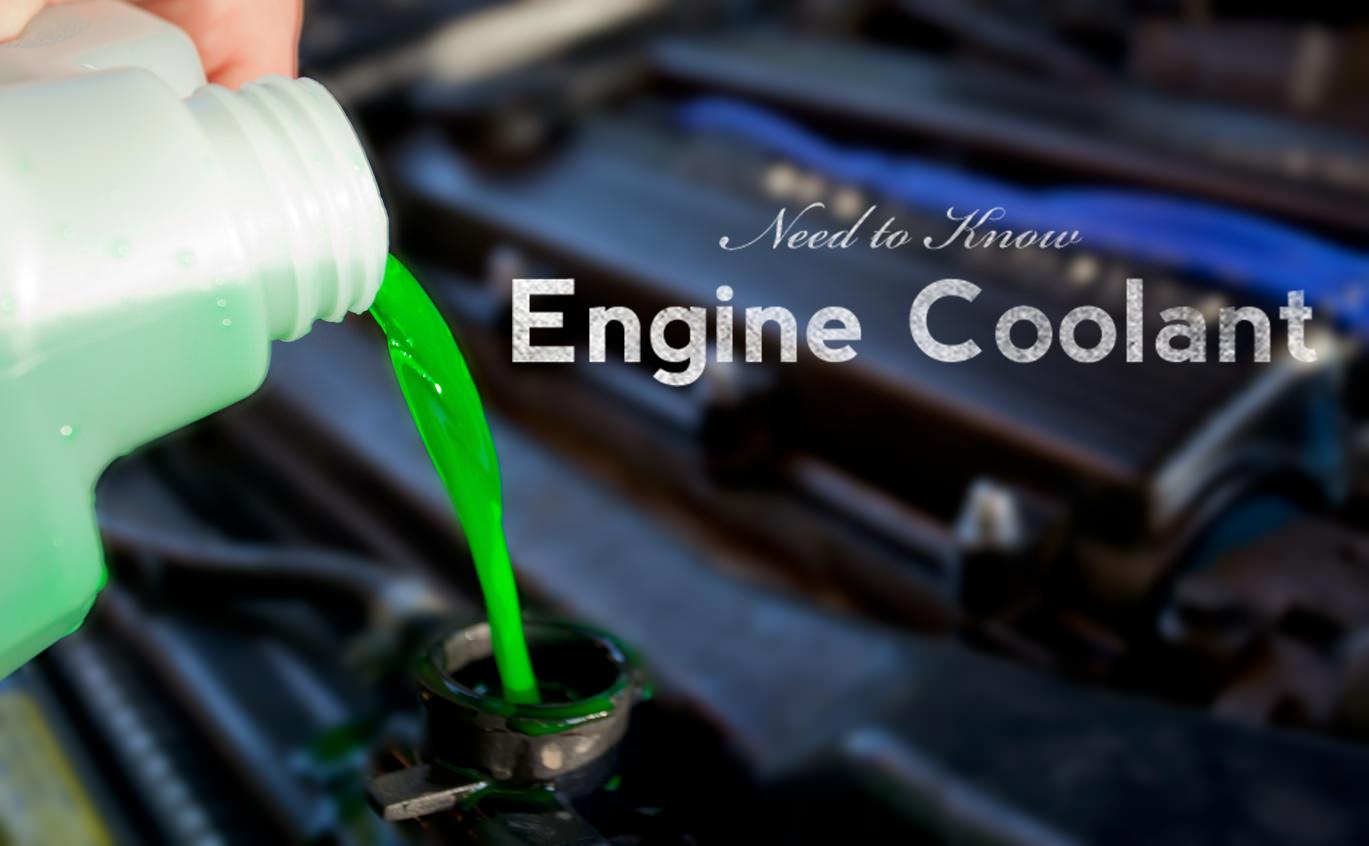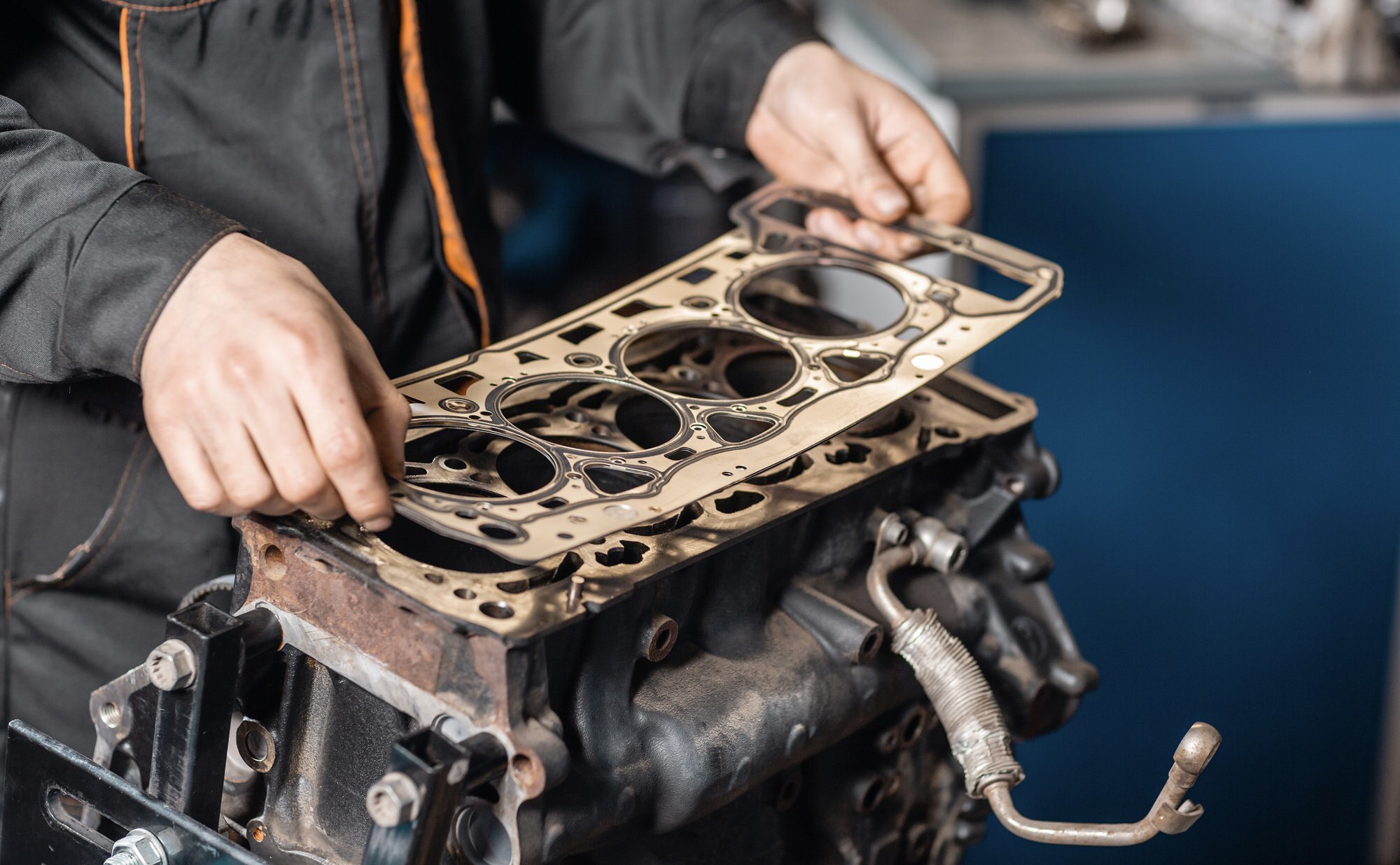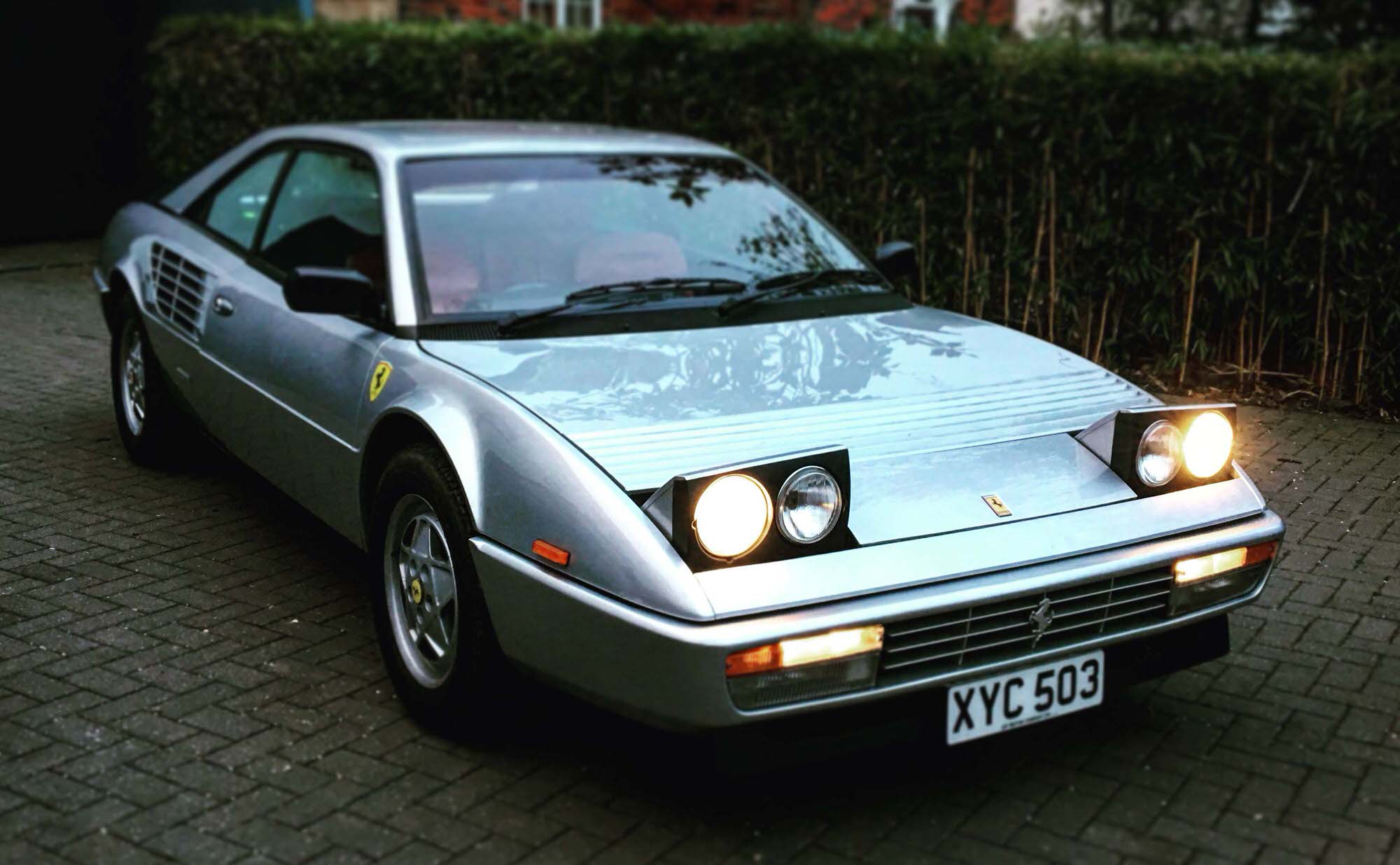Recalls happen for all sorts of reasons. Sometimes, it is a minor issue that you wouldn't even notice. Other times, it's something that should be taken care of ASAP.
Although gasoline engines have improved a lot, they are still not very efficient at turning chemical energy into mechanical power. Most of the energy in the gasoline is converted into heat, and it is the job of the cooling system to take care of that heat. Ironically, the engine in your car runs best at a fairly high temperature. When the engine is cold, components wear out faster, and the engine is less efficient and emits more pollution. So one important job of the cooling system is to allow the engine to heat up as quickly as possible, and then to keep the engine at a constant temperature.
What is Coolant?
Coolant is the fluid that absorbs heat from the engine and then dissipates it through the radiator. It is also dissipated through the heat exchanger in the passenger compartment when you crank your heat in the winter.
Coolant, which is commonly called antifreeze, is a mixture of ethylene or propylene glycol and water, usually in a 50/50 ratio.
What is a Coolant Flush?
Servicing the coolant involves draining and/or flushing your car’s cooling system and then replacing the old coolant with fresh coolant. This removes dirt and rust particles that can clog up the cooling system and cause problems in winter and summer.
How often should I do this?
With regular green coolant you should do a flush every two years. If your car manufacturer uses long life coolant, it can be every 5-7 years depending on the maker. Check your car owner’s manual to be sure.
Why do I have to do this?
Because it is operating in a hot, hostile environment, coolant will break down over time. Most importantly, the coolant’s rust inhibitors get used up, leaving the small cooling passages in your engine and radiator vulnerable to corrosion. Even with these rust inhibitors, some corrosion will inevitably take place, contaminating the coolant with debris.
What if I don’t do this?
If the rust inhibitors stop working, the cooling system will rust from the inside out. The biggest source of rust in a car’s cooling system is the engine block.
In time, these bits of rust will also clog the tiny passages within the radiator and heater, causing your engine to overheat. When an engine overheats, the result is a bonus yacht payment to your mechanic that someone else should be making.
What do I do between the maintenance interval?
Check your coolant level periodically. Your owner’s manual will have a recommended interval in which to check the coolant level.
If you check your coolant level when the engine is cold, the coolant should be at or above the “minimum” or “fill” line on the transparent refill container. If you check your coolant level when the engine is hot, the coolant should be at or just below the “max” line.
Check your owner’s manual to see if your car uses “long-life” coolant. For the first 100,000 miles, it is necessary to check the coolant level simply to be sure you’re not leaking or burning coolant.
Disappearance of coolant could be caused by either an external or internal leak, the latter being more expensive. Either one should be addressed quickly, since running low or out of coolant can lead to catastrophic engine failure and many boat payments to your mechanic.
Pet Owners Beware: Antifreeze has a sweet aroma and taste, which pets find particularly appealing. As little as a half teaspoon of the stuff can kill an average-size cat, and eight ounces will do in a 75-pound dog. There’s no substance that you can add to antifreeze to make it less appealing to animals, but antifreeze made with propylene glycol instead of the usual ethylene glycol is about a third as toxic. Propylene glycol is sold under the brand names Sierra, Prestone Low Tox and Texaco PG.




